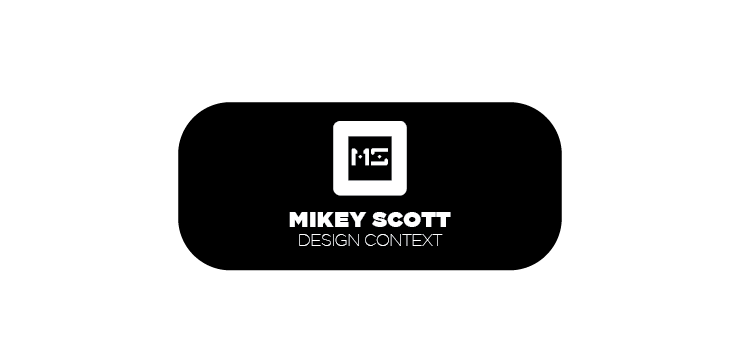- also it refers to the idea of there being a group of people being innovative
- Art as avant garde is a class attack on critics and the rules of the art at the time
- today art culture is to experiment for experiments sake
- As today there is almost a pressure to constantly be progressive and innovative
- As avant-gardism grows, the main qualities that are aimed for by artists is to shock and be radical which becomes somewhat of a drug for artists
- This leads to experiment for experiments sake and therefore concept takes place over aesthetics.
- This then becomes the priority of the artists - striding to be original and in no way copy any other.
- Artists begin to announce that creativity comes from within them and it must be let out
- Throughout history art has never been about being creative, from the 16th to 18th century only high class people could go to art school, where they were taught to duplicate the work of great artists until they could replicate it perfectly, they were not allowed to create their own work, however, this was not creativity or avant gardism
- At that time art could only be purchased by the church or members of aristocracy so the market for art was not very large, therefore art was never about being creative, it was about the work of a master.
- 'Fauves' - the work of painters who are self taught - created new styles of art which was very experimental and was seen as an attack of the established art world.
- Class shifts have allowed art to be more available but it is still restricted due to the demand of art types and the fact artists see them selves as above all others.
- Art then starts to seem self destructive
- Artists then see themselves as separated from "all the rest" of the population as they believe they are special
- They believe they are beyond their work and blame the public for not understanding their work
- The public are then viewed as 'stupid' by the artists for not understanding their work
- Fine art becomes misunderstood
- Critics help fine art by creating theories that have no meaning, their job was to write about why certain art was good, they made a career out of explaining difficult to understand art
- They also protect the art world by constantly creating arguments
- Critics ensure they protect their own interests by suppressing all other art cultures.
- For example, American critics say any other countries work is pointless.
- Art movements are often directed by powerful figures such as Stalin
Kitsch - Art, objects, or design considered to be in poor taste because of excessive garishness or sentimentality, but sometimes appreciated in an ironic or knowing way
Kitsch is basically the opposite of avant garde, but I am not sure if that means everything that is not avant garde is Kitsch?





































